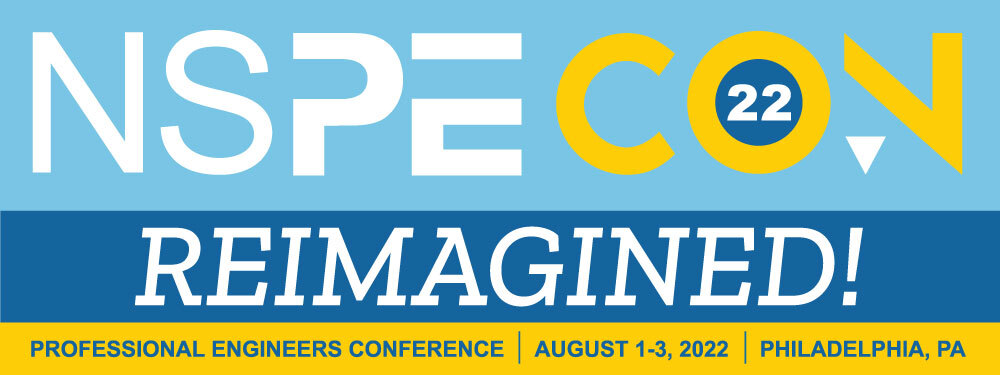NSPE PE Institute
Artificial Intelligence in Critical Infrastructure Systems

Track: Stay Informed about Issues and Trends Impacting the Profession (Sponsored by Pennoni)
We will share the viewpoints of industry, academic, and government experts discussing the use of artificial intelligence in critical infrastructure systems and how it can be used and misused. They also address issues of public confidence in such systems and many more important questions. The U.S. Cybersecurity Infrastructure and Security Agency (CISA) defines 16 critical infrastructure sectors: chemical, commercial facilities, communications, critical manufacturing, dams, defense, industrial base, emergency services, energy, financial services, food and agriculture, government facilities, health care and public health, information technology, nuclear reactors, transportation systems, and water and wastewater systems. Together, these sectors make up the set of “critical systems.” What happens when artificial intelligence (AI) and machine learning (ML) are incorporated in such systems? How do we ensure the safety of the public and critical infrastructure? How can we ensure the public that these systems will be safe?
1 PDH (NY Approved)
Ben Amaba, Ph.D., P.E., CPIM, LEED AP
VP of Strategic Partnerships
Clarifai
Dr. Ben Amaba holds a PhD. degree in Industrial & Systems Engineering, a M.S. degree in Engineering and Operations, and a B.S. degree in Electrical Engineering. Dr. Amaba is a registered and licensed Professional Engineer in several states with International Registry; certified in Production, Operations, and Inventory Management by APICS ®; LEED® Accredited Professional (Leadership in Energy & Environmental Design); and certified in Corporate Strategy by Massachusetts Institute of Technology in Cambridge, Massachusetts. Dr. Amaba’s focus and interest is in artificial intelligence, data analytics, software engineering, Industrial Internet of Things (IIoT), 5G, and cloud technology. Dr. Amaba holds a copyright for Process Activity Flow Framework®, the framework for requirements, design, architecture, simulation, and application development techniques. Dr. Amaba holds Patent Number US 96677073 Method for Dynamic Carrier Allocation of RLC Packets for UE- Energy Optimization in 5G-RAN Moderation. Dr. Amaba is prominently featured in “Giving 2.0,” by Laura Arrillaga-Andreessen with Stanford Business School, which details contributions to bolster and promote STEM education and careers, and is an Alexis de Tocqueville Society/United Way Member, which recognizes local philanthropic leaders.
Key:
| Access Date | Quiz Result | Score | Actions |
|---|
Ensuring Education Credit Compliance
Individuals are responsible for ensuring compliance with state PDH/CPD/CE requirements. Consult your state licensing board for more information.
Accessing Webinars
To view purchased webinars, make certain you are logged in with your NSPE credentials. Once logged in, select My Registered Webinars. Next, select the webinar you intend to view. For live webinars, select the green Play button to join. For past events, select Webinar in the right-hand column and then View Archived Recording.
Not a Member?
Join NSPE today and gain access to a vast library of on-demand webinars and receive discounts on live and on-demand webinars. JOIN NOW
Upcoming Continuing Education Events Across the NSPE Federation
NSPE maintains a calendar of upcoming, live national and state educational events. Please search the calendar or learn how to submit an event to be added.
Need help?
Thank you for visiting the PE Institute.
For assistance contact: education@nspe.org